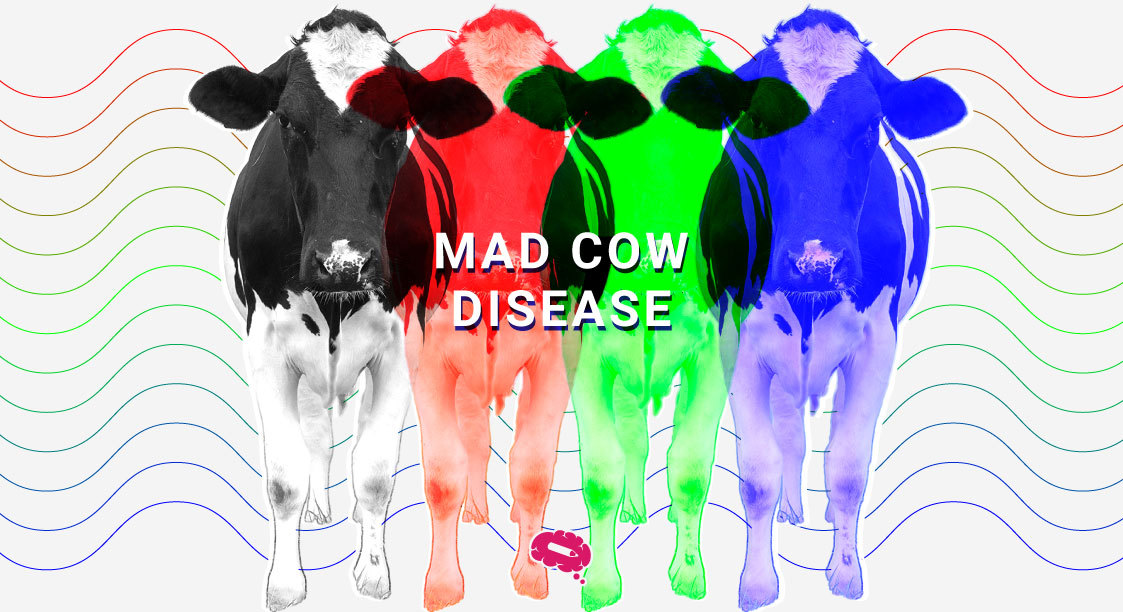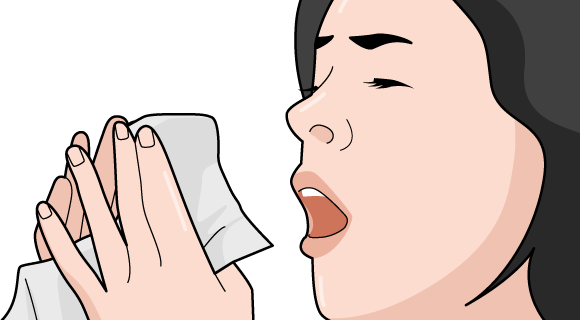Food, shelter and clothing. These are the basic needs of livelihood. But did you know that clean air and safe drinking water are also among them? Drinking safe and hygienic water is as important as maintaining a good diet so that one can extend their life expectancy. Because there are a lot of diseases that can be incurred through insecure drinking practices.
Among the many diseases that spread through water, we’re going to study a certain parasitic infection that wreaked havoc in the mid-1980s, Dracunculiasis. So, what is Dracunculiasis? Why is it caused and how can you treat this disease? If these questions are popping into your mind, read this article to get all the answers.
What Is Dracunculiasis?
Dracunculiasis, commonly known as Guinea Worm disease, is a parasitic infection caused by the nematode Dracunculus medinensis. The disease is primarily found in rural areas of Africa and some parts of Asia where it is often associated with poverty and lack of access to clean drinking water.
It is a water-borne disease and is typically spread by drinking water contaminated with Guinea worm larvae. Once inside the body, the larvae mature and mate, with the female worm growing up to a meter or two in length. The worm then emerges from any part of the skin but usually, in most cases, it is through the lower limbs, causing severe pain and paralysis.
Get access to Scientifically accurate parasite illustrations
Mind the Graph is the perfect tool for those who want to boost their science paper. Transform your plain-text paper into a visually attractive and successful science work. In our gallery, you can find accurate parasite illustrations and other 65,000+ options in more than 80 study fields.
How Does Dracunculiasis Spread?
This disease is generally transmitted through Copepods (flea-like organisms living in water) that swallow the guinea worm. These are generally found in stagnant unclean water and when people drink it, they tend to be infected by the disease.
Also, people might encounter the disease if they eat uncooked raw fish or frogs which dwell in the same unclean water as they too might have swallowed the parasite. Once they enter the human digestive system, the copepods will die releasing the larvae inside the host’s stomach. These parasites go through the walls of the stomach and they start to mate upon reaching the connective tissues.
Eventually, the female worm gets pregnant and starts to grow. It can grow up to 100 cm in 12 months, and once they are ready to give birth, visible symptoms occur on the skin of the host.
Blisters will be seen on the skin typically on the lower limbs which indicates that the female worm is ready to come out and when these hosts enter into water bodies, it triggers the female worm which bursts out her larvae into the water. And these larvae are swallowed by copepods and the cycle continues. In this way, dracunculiasis spreads and causes chaos among humans.
Symptoms of Dracunculiasis
The most common symptom is blisters or soreness that forms on the skin, typically on the legs or feet. One can find the symptoms only after a year of getting affected as it takes 12 months for the female worm to get pregnant and then burst out.
People may experience severe pain in the area when the worm is about to get out. Also, they encounter high fever and heavy swelling.
The after-effects too are gruesome. Once the worm comes out, the area of the skin becomes prone to secondary bacterial infection and if not treated properly, it may cause some severe permanent damage to the person.
Treatment And Prevention
No drug or vaccine can cure dracunculiasis but there are certain ways to prevent it from spreading. The primary method of controlling the spread of the disease is through the provision of clean drinking water and education on how to filter potentially contaminated water.
The World Health Organization (WHO) is also working with the affected communities to provide education on how to care for individuals infected with the worm, as well as on how to prevent further transmission. Efforts to eliminate the disease have been successful, with cases dropping from an estimated 3.5 million in 1986 to just 30 in 2020. The WHO, along with its partners, is working to completely eradicate the disease.
Though the occurrence of the disease is almost close to zero, it is safe to maintain healthy water habits and drink safe and clean water.
Over 65,000 accurate scientific figures to boost your impact
Research papers and scientific figures, don’t you think the match is made in heaven – one looks incomplete without the other. Yes, you now know the secret sauce to write an authentic research paper and attracting your audience with custom-curated infographics, right? So ready to ace your research journey? Join Mind the Graph and get access to the library of 65,000 accurate scientific figures and make your research work effortless.

Subscribe to our newsletter
Exclusive high quality content about effective visual
communication in science.





